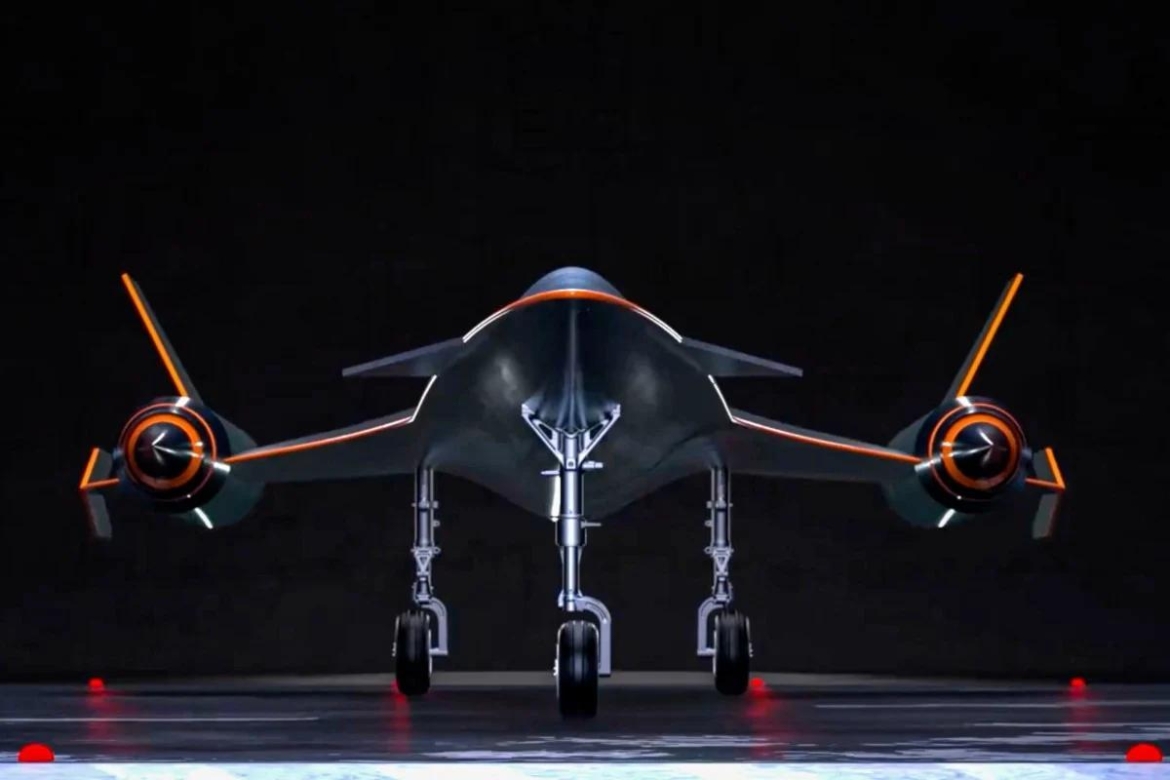A Chinese aerospace startup named Space Transportation recently announced that it has successfully completed a test flight of the prototype version of its supersonic passenger jet. Called Yunxing, the commercial jet will be capable of flying at speeds up to Mach 4 (~ 3000mph), twice the speed of the Concorde, according to the Beijing-based company. If true, the supersonic jet can whisk passengers from Beijing to New York in just two hours or from New York to London in just 70 minutes.
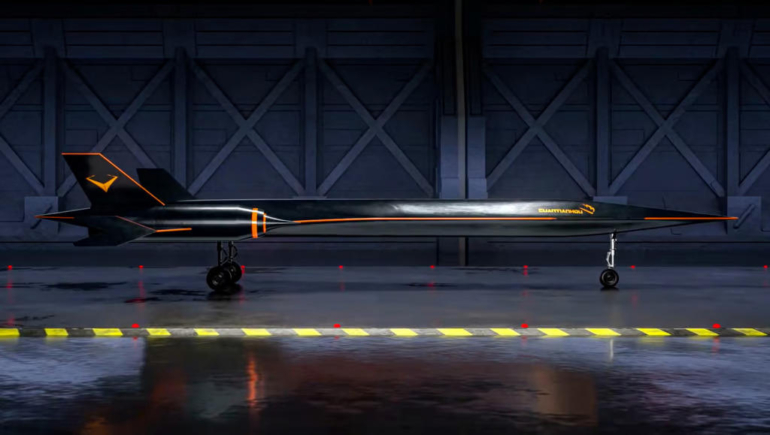
The company, also known as Lingkong Tianxing Technology, also made a bold statement that it is aiming to have a full-sized supersonic passenger jet ready for its maiden flight by 2027, which is extremely ambitious.
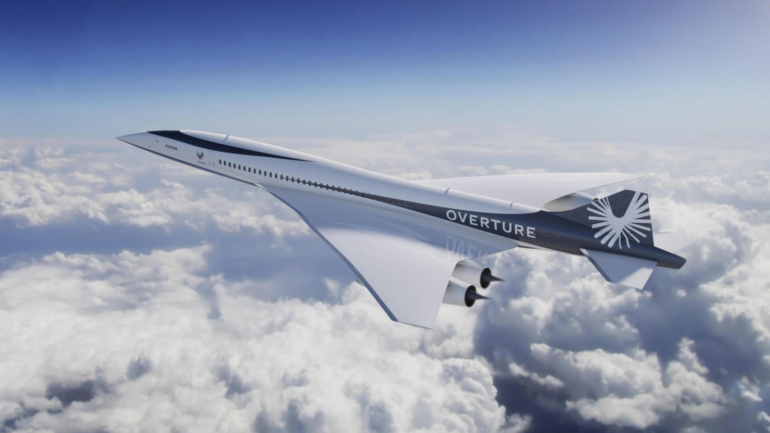
In comparison, American aerospace company Boom Technology’s supersonic passenger jet Overture won’t be ready to take to the skies anytime before 2029. The Colorado-based company, which is leading the race to re-introduce supersonic commercial air travel, has already inaugurated its factory and completed several test flights of its XB-1 demonstrator aircraft.
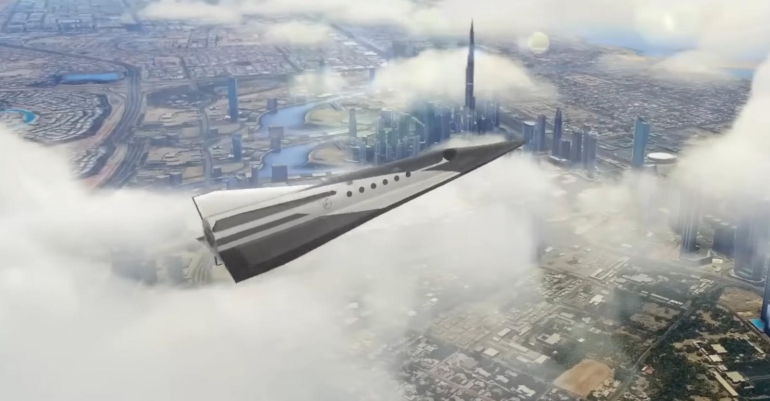
Very little information is publicly available on the Chinese startup and its Yunxing supersonic jet. All we know is that the company was founded in 2018 and has raised close to $60 million in funding till now. According to a report by SCMP, it has R&D and manufacturing centers in Beijing and several other parts of China.
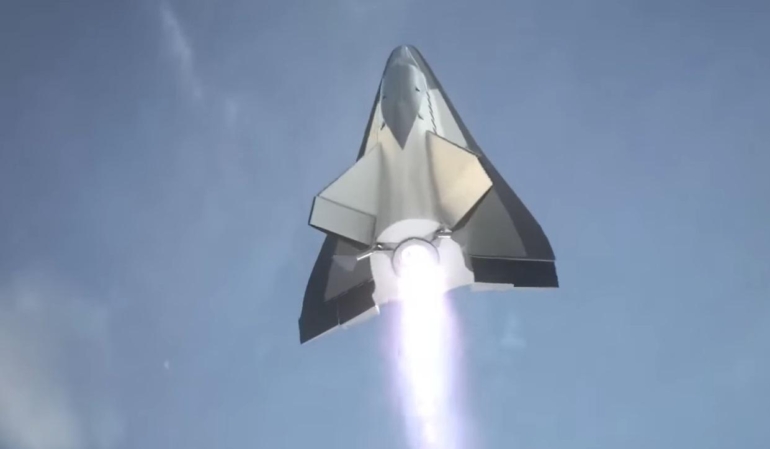
Furthermore, it also has a test base in the country’s Xinjiang province. With a focus on hypersonic technology, the company is working on a broad range of services and products, including suborbital space tourism vehicles and hypersonic flight platforms for global transportation.
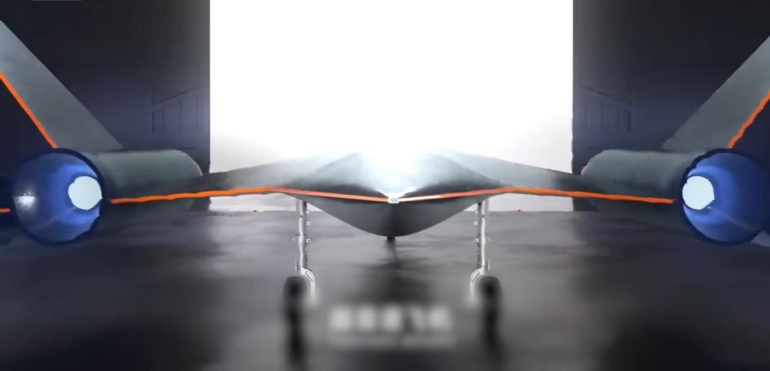
A highlight of the Yunxing that separates it from the Concorde and the other supersonic aircraft currently being developed is its ability to land and take off vertically. As a result, the supersonic jet can operate from confined spaces without the need for traditional runways. Just to put that into context, the Concorde required a runway of at least 3370 meters in length to take off and land, limiting its operability.
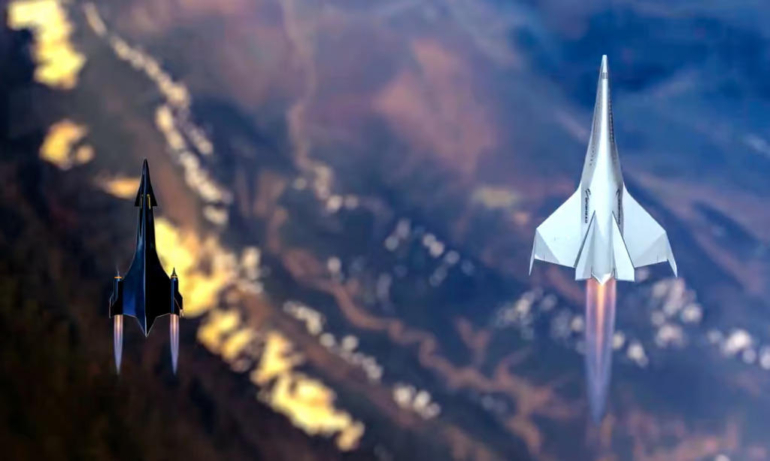
An animation on Space Transportation’s website shows how the world’s largest and fastest VTOL (vertical take-off and landing) aircraft will operate. The jet will rocket boosters to take off vertically and reach an altitude of around 20,000 meters (about 65,600 feet). At this point, the boosters will separate, and the jet will fly horizontally like a traditional aircraft. Before reaching its destination, it will slow down to subsonic speeds before a liquid rocket engine will ignite for a secondary deceleration to achieve a vertical landing.
